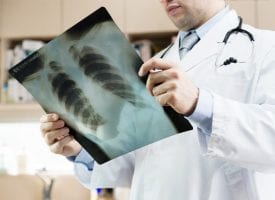Spine Surgery
Conditions & Treatments
When there are problems in the spine, it can affect your comfort level, your ability to move and your quality of life. At the Orthopaedic Institute of Ohio, we specialize in all types of spine disorders, with a variety of treatment options that can bring long-lasting relief. With state-of-the-art diagnostics and the latest surgical techniques, you can rest assured you will receive superior care and the best outcome possible when you select Orthopaedic Institute of Ohio for your medical care.
Conditions We Treat
Many issues can occur in the delicate vertebrae of the spine. Some may happen because of injury or trauma, while others are merely the result of normal wear and tear on the bones. No matter what your diagnosis might be, we are prepared to offer the latest and most effective ways of treating the following conditions:





